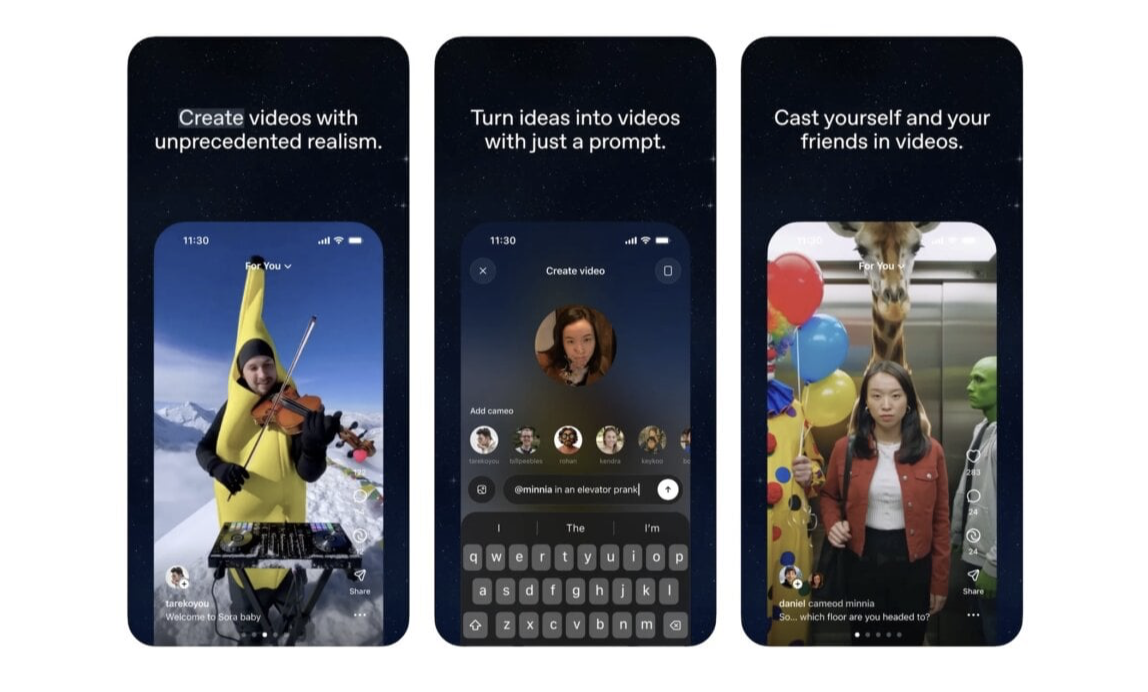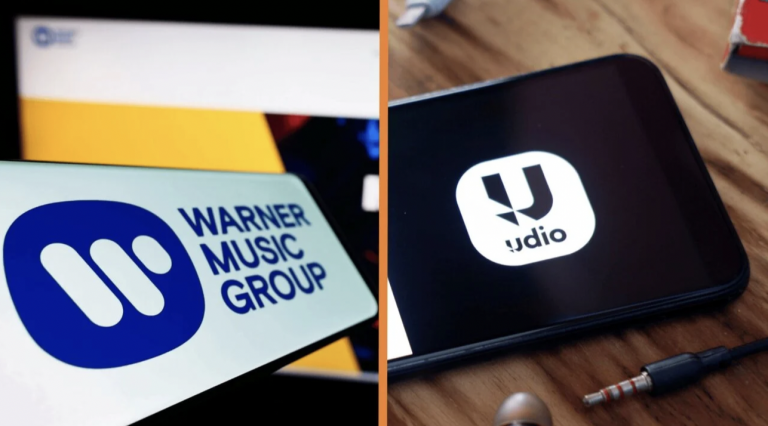
Credit: Music Business Worldwide
OpenAI’s latest Sora update, released on September 30, includes a new “cameos” feature allowing users to upload a short video of themselves to generate hyper-realistic, AI-powered appearances. This capability, which can replicate a person’s voice and likeness, has significantly heightened anxieties within Hollywood over the potential for creating unauthorized deepfakes of celebrities.
Chris Jacquemin, WME’s Chief Digital Officer, explained the agency’s protective stance in a memo to agents: “Our position is that artists should have a choice in how they show up in the world and how their likeness is used and we have notified OpenAI that all WME clients be opted out of the latest Sora AI update.”
WME’s action was prompted by a report that OpenAI notified agencies and studios that their copyrighted characters and IP would be used by Sora unless they explicitly opted out. The entertainment industry strongly prefers an “opt-in”model, which requires explicit consent. This “opt-out” mechanism is similar to the issue that spurred Sony Music and Warner Music to send warning letters to AI companies last year.
In response to the negative feedback and reports that Sora was already generating images of copyrighted characters from popular shows like South Park and Rick and Morty, OpenAI CEO Sam Altman quickly penned a blog post. Altman promised to give rights holders “more granular control over generation of characters,” moving closer to an opt-in model for IP. He also announced plans to test a revenue-sharing model where rights holders whose characters are used could earn a portion of the money generated by Sora users.
While Altman is enthusiastic about a new kind of “interactive fan fiction,” WME’s swift and sweeping opt-out demonstrates that consent and control remain non-negotiable for creators in the face of increasingly realistic AI video technology.





